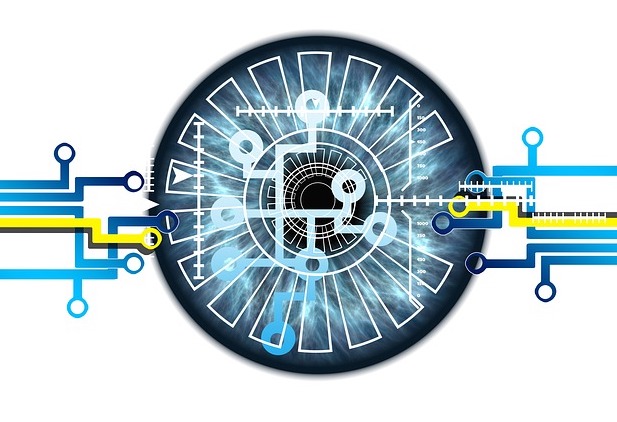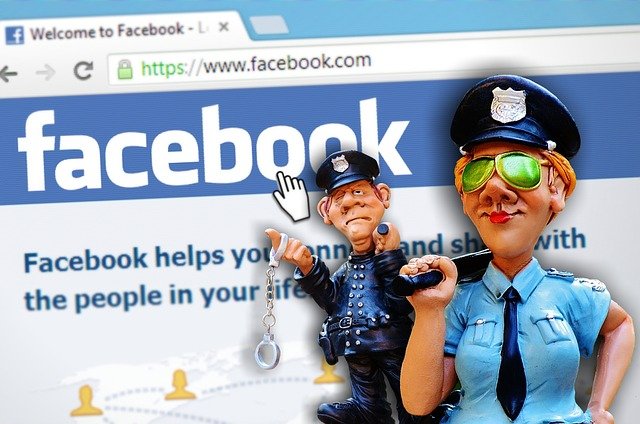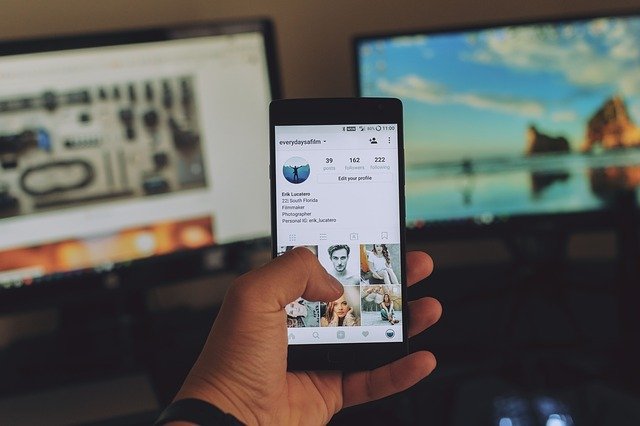There are many types of biometric authentication, and the most common is voice. Voice characteristics are used in call centers and other applications. Iris and retina recognition systems work by developing a unique signature for each person’s eyes and face. They can be used in low-light environments or infrared lighting. A fingerprint can also be scanned for identification purposes. Depending on the device, the user may be asked to provide an iris or retina sample to perform the verification.
Another method of biometric authentication is based on genetic material. A person’s DNA can be compared with a database to confirm their identity. While this method is most intrusive, it’s often the most accurate. Finger vein scans use the vascular pattern of a person’s finger to verify their identity. This data is compared to a database of previously collected data. Signing a document or handwritten signature is the least reliable of biometric verification methods, but is useful for additional security.
Voice and fingerprints
Aside from the iris and retina recognition systems, other methods of biometric verification include voice and fingerprints. These methods use live facial and voice samples to verify an individual’s identity and to confirm their involvement in a crime. They require both low-light conditions and infrared lighting to accurately match the person’s face to a license or identification. It’s important to ensure that the biometric data is stored in a safe place to prevent misuse. In addition to ensuring the safety of people and their property, biometric authentication is also an excellent way to prevent online fraud. A user’s fingerprints, for example, can be easily duplicated, which makes it an effective method for verifying the identity of a person. It can be used in almost any situation where an individual needs to identify themselves. Then, the fingerprints will allow the user to log into any website and make purchases.
Other biometric verification methods include DNA evidence and fingerprints. DNA evidence is a form of genetic information that can be compared with existing databases. This method is the most intrusive and is used most often in criminal investigations. Furthermore, it has a low accuracy rate and can be misused by unidentified people. Ultimately, biometrics have become a necessary element of trusting ID systems. So, it is essential to choose the right system for your needs. The biometric verification process begins with the acquisition of a biometric sample. This is then compared to a database of authorized personnel. Then, the user is asked to authenticate with a unique identification code. This authentication process involves two parameters: the user’s face and their fingerprint. Using facial recognition technology is extremely secure. The process starts with a user’s face, and the device matches the image with the scanned information.
The software that performs biometric verification may be updated regularly. This is a good sign because it will ensure that the system is secure and will not allow unauthorized access to the data. For example, the software can be updated if there is a security vulnerability. The latest updates will fix these issues and keep your device functioning safely. Moreover, it will help you identify who is storing biometric data on you and other people.
Voice and fingerprint are the most common biometrics used in the United States. These biometrics are used for authentication in call centers and in some other settings. Aside from these, other types of data can be used for identification. Some companies are even offering a service to match the voice and fingerprint of an employee with the data of a database of authorized users. You can get a quote by visiting our website and filling out the form below.





